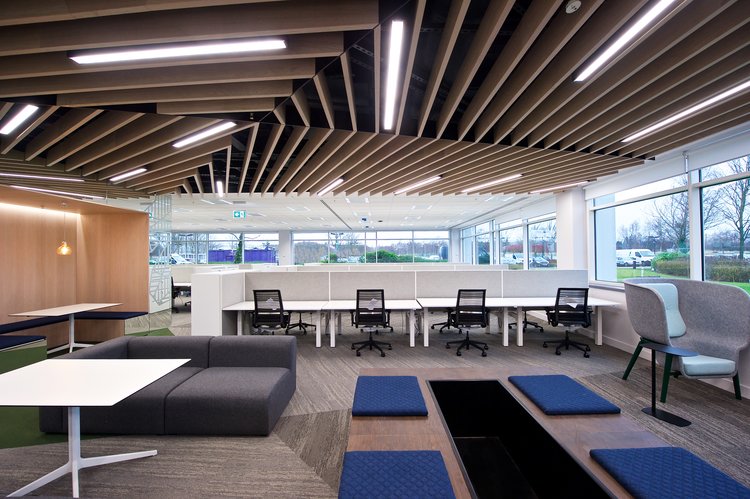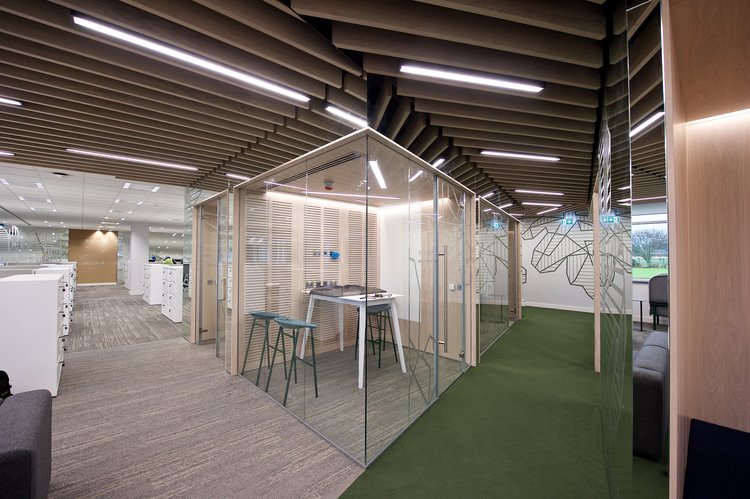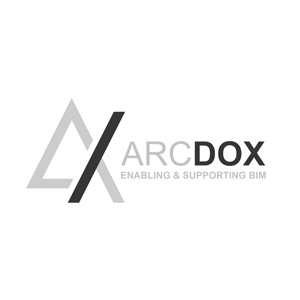25.01.2019
The Impact of Office Design on Workplace Wellbeing
It is now widely accepted that workplace wellbeing benefits the organisation and its staff and is no longer viewed merely as a ‘nice to have’.
The World Health Organisation asserts that an unhealthy and unsafe workplace leads to work place stress which in turn results in accidents and injuries, work-related illnesses, burnout and depression. For the employer the impacts of these issues are; increased absenteeism among staff, decreased productivity and increased costs.
Most of the workforce will spend one third of their adult life at work. Employers have a duty of care to ensure the workplace is one that promotes productivity, both physical and mental health and of course, work-life balance.
There are many corporate wellness programmes out there that offer a range of services and supports to promote workplace wellness. However, the results of such programmes can be mixed due to the reliance on employee engagement and take up which can vary due to several factors.
Instead it makes sense to design the workplace itself to support wellness.
Office design is no longer just about employee productivity but now takes a holistic approach to the overall wellbeing of the workplace. Factors such as access to natural light, air quality, temperature control, acoustics and flexible workstations are all considered in a modern office design.
Through this approach, employees are automatically benefiting from an environment that supports their health and wellbeing.
Office Design Essentials for Workplace Wellbeing
1. Ergonomics
Budget chairs and other office furniture are a false economy. Furniture not only needs to be durable but also plays an important role in stimulating productivity and reducing absenteeism levels.
When ergonomics is considered as part of your office design, the result is office furniture that is designed to suit the people who need to use it.
Key factors to consider;
- The desktop set up of workstations is extremely important in order to avoid slouching and bad posture. Correct placement of the monitor, mouse and keyboard will overcome this.
- Prolonged periods of sitting is a challenge given that most office workers spend more than 7 hours per day sitting at their desk. The standing desk is a great alternative.
- Adjustability is key in terms of chairs, lights, sit-to-stand desk and keyboard trays.
- Use technology to encourage mobility in the workplace, for example, equip employees with laptops and mobile devices.
An effective ergonomic assessment of your workplace will improve efficiency and productivity while reducing employee fatigue and discomfort.

2. Provide a variety of spaces to maximise productivity
Providing a variety of spaces will help foster a positive and friendly atmosphere, while improving concentration, collaboration and creativity among the workforce.
Breakout areas have been shown to increase productivity, boost creativity and improve wellness. They provide an opportunity to get away from the desk and are a space for formal meetings or informal and impromptu catch ups.
A quiet zone allows employees to take time out to work without distraction. Distractions and interruptions can affect the actual quality of work. Quiet zones allow employees the opportunity to disengage and structure their workday based on the task at hand.
Social areas are an important consideration in any office design. By providing a social space you are giving your employees an opportunity to build relationships with colleagues, ease stress and time to take their mind off work. This change of scene is vital to recharging the brain and improving concentration.
Providing a balanced workplace such as this will support productivity and wellbeing by encouraging movement throughout the day and allows employees the room to think.

3. Noise and Acoustics
The open plan office while providing many advantages such as access to natural light and ventilation, can create issues with noise and acoustics if not designed properly. Unwanted noise can negatively impact absenteeism, staff turnover and productivity.
The answer is to have a good acoustic design that utilises a combination of strategies to absorb, block and mask sound. There are many available techniques out there to achieve this, ranging from acoustic panels to soft furnishings to more creative solutions using partitions and glass walls to name a few.
It may be tempting to view this aspect of your office design as unimportant, especially as it is a less tangible element, or something that can be addressed in a phase 2 if it becomes a problem. However, building it in to your initial design concept will give you more options in terms of both effective and creative solutions.

4. Lighting
Lighting is for more than visibility. Good quality light and in particular access to natural light will aide productivity and help to reduce costs.
A good light design will utilise natural, overhead and task lighting. It will eliminate glare and shadow and replace flickering fluorescent lights.
The effect will be reduced eye fatigue and headaches, increased wakefulness and will generally make tasks easier.
Some simple practical steps;
- Install energy saving lighting
- Utilise blinds or curtains
- Glass walls allow natural light flow while also creating an attractive feature
- Arrange the office and desk layout to maximise the number of people sitting near windows
- The use of lighter paint colours will reflect light
- Provide outdoor areas for use by employees, where possible
5. Air Quality and Thermal Comfort
Indoor air quality and thermal comfort are essential for a healthy office environment. Illnesses such as the common cold and the flu spread quicker in a poorly ventilated building, while thermal comfort can have significant impact on workplace satisfaction.
A good HVAC system will control contaminants and provide a comfortable environment. Key considerations include sustainability, flexibility and cost.
Allowing employees some degree of personal control will increase satisfaction with the office environment. This can be achieved using zoned temperature controls and by providing operable windows or window coverings to maximise light, airflow and temperature control.
In conclusion, workplace wellbeing is a concept that organisations can no longer afford to take lightly. One of the most effective ways to achieve a productive, healthy and happy workforce is to have a considered office design which places wellbeing at its core.
IIS Space. has worked with many organisations to achieve enhanced workplace wellbeing through a considered and holistic office designs. Read about some of these innovative solutions here: Hewlett Packard Enterprise
















































